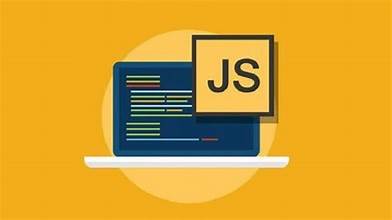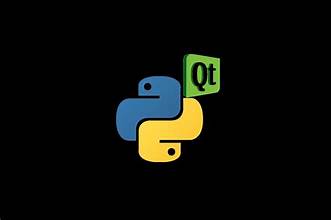Introduction
- What is the System Analysis and Design Process?
- Place of the Analysis and Design activities in the Unified Process (RUP)
- A panorama of UML 2 diagrams used in the system analysis and design
- Frameworks for tracing requirements toward software implementation and tests
How to transform requirements into component based analysis specifications?
- Traceability between requirements and system analysis
- Advanced notions for representing the system structure and dynamics
- Refinement of the requirements on both axis
- Toward the system design using operation contracts
- Case Study : Definition of the analysis component model of the system
How to transform analysis specifications into design level ones?
- Traceability between system analysis and design
- Design Patterns for loose coupling and high cohesion of components
- Definition of the Design level Architectural Backbone of the system (components, ports, interfaces, exchange objects)
- Design level interaction diagrams to implement operation contracts
- Case Study : Updating design level component diagram with architectural choices
Implementing technical specifications and testing on a component basis
- Generating design level specifications into an object oriented programming language
- Deployment of Components on the Physical Nodes
- Integration and Acceptance tests on the basis of the previous specifications
Conclusion
- Steps of the system analysis and design processes
- Patterns for ensuring traceability between requirements and the software code
- Testing requirements on the system architecture
Notice: The above training-mentoring sessions are conducted interactively using Requirement Engineering and Modeling tools in order to ensure good level of traceability between requirements and underlying solutions. Concepts are explained first using basic examples and are then followed by solution drafts to your own issues. After this session, we can accompany you by reviewing and validating your solutions depending on your needs.
Overview
Become a software developer with a FREE course at ELATT
Our courses are currently taught live online using Zoom. We have daytime and evening courses available.
We are a charity supporting Londoners to better themselves through education for over 35 years. Please only apply if you live in a London Borough.
Resources
- Software Development Level 1 Course outline
Description
About Software Development
Our software development course will teach you to design and develop a range of programs. You will learn Java as your core coding language and key soft skills such as project management, databases, case diagrams and essential office skills. Your tutor will help you develop proven professional coding skills through object oriented coding, design patterns and frameworks.
Software engineering combines problem solving, creativity and analytical skills. It suits those who are detail oriented with an eye for solutions. There is an ever-increasing demand for new software and a wide variety of clients across a range of sectors are looking to employ skilled software developers.
You will be taught by experienced teachers and we also support you with employability, including opportunities to speak to professionals and access mentoring, volunteering and work experience.
Level 2 Award
- IT security for users: use basic techniques in the operation of an IT system to create, edit and view Python programs online
Specialist software: learn Online Python IDLE to create basic programs
- Using collaborative technologies: use IT tools and devices for collaborative working and communications in and out of the classroom such as online lessons tools, instant messaging/chat, online forums and more
- IT software fundamentals: learn the basics of software fundamentals, including traditional software development cycles
Level 2 Certificate
- Improving productivity: plan, produce and evaluate your Python programme
- IT security for users: learn about methods to minimise security risks to IT systems and data
- Specialist software: use editors to create Graphical User Interfaces (GUI) and Python modules
- Drawing and planning software: learn how to use free online software to create algorithmic flowcharts for Python programming
- Presentation software: prepare a pitch for your app
Level 2 Diploma
- Customer support provision: learn professional customer support behaviours and practices
- Software testing/software testing fundamentals: test the functionality of a software application to find out whether the software meets the specified requirements
- Creating an event driven computer programme: create a Graphical User Interface (GUI) app
- Creating an procedural computer programme: create a Procedures and Classes Library for an app
Level 3 Diploma
- Customer support provision: including software documentation and remote support
- Software design fundamentals: the Software Development Life Cycle (SDLC)
Principles of ICT system and data security: understanding threats to ICT systems and site data encryption and cryptography
- Software testing: test the functionality of your software. including PHP unit testing
- Presentation software: use Microsoft PowerPoint to make a business pitch for your software
- Develop software: using SQL (Structured Query Language)
- The technologies of the internet: learn the principles, technologies, security and support systems that allow the internet to work, such as DevOps, website domain hosting and FTP
- Creating an object-oriented computer programme: learn Object-Orientated Programming (OOP) with PHP


